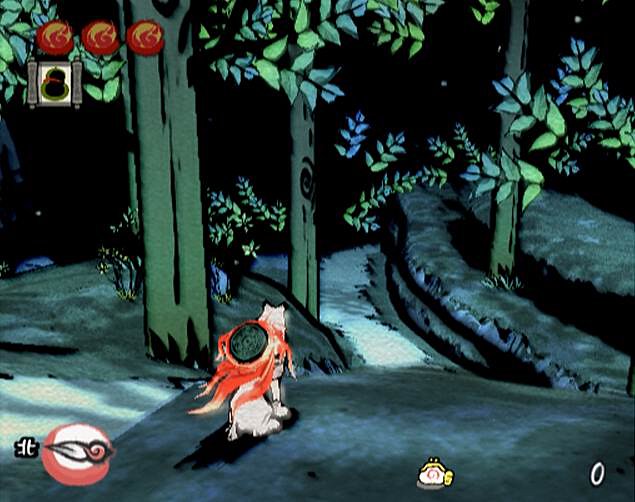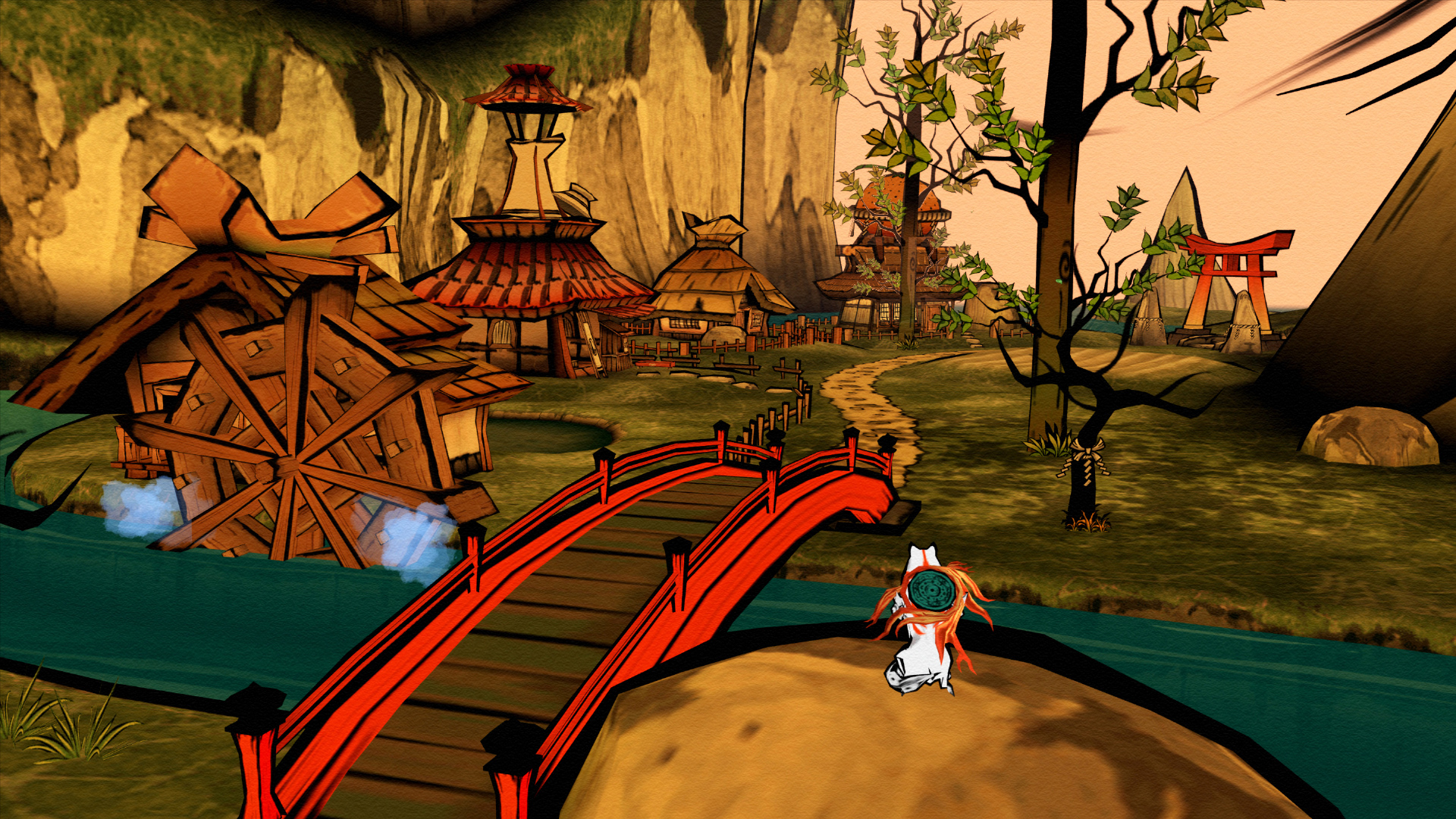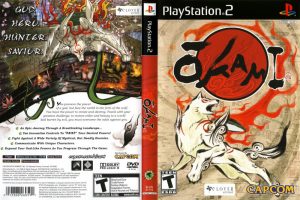

It is always preferable but when the cost of seeing what happens if you leave it alone is 30 seconds in an emulator vs several hours of debugging only to find I suppose the big secret is you don't necessarily need to know what ever byte in a format means/does. Eventually you will get to the point of debugging a game and watching how it handles the files, even among those that can do it such things are seldom your first port of call.įor myself and speaking to a few others we tend to have just fell into it - you start by manipulating a known format and then some time later you find you have done it for others. However with text if you have the locations you will tend to be spared the false positives with tools like relative search.
Emulator okami ps2 full#
Levels, character level progression, game logic and text are often where game devs will have gone full custom. Once you have the locations within a file of the data itself (and have handled any compression) it is typically pretty raw with regards to the hardware in the case of 2d graphics, audio and 3d graphics, or it is a otherwise known format, whether it is known for the console (I already linked a bunch of GC and Wii stuff) or a well known format for those areas in general (think bmp, png, wave, mp3.).

Emulator okami ps2 archive#
When I look at files I look at sizes (for text big files are not usually what you want, unless it is an archive file in which case it might be), names (directories and files, not all devs want to frustrate the efforts of ROM hackers and they may not even care), extensions (whether to eliminate choices or indicate it is one to look at), the first part of the file (if it is text or a known value it typically gets called a magic stamp, it can also indicate compression) and anything immediately after that to see if there are values to indicate sizes or locations (pointers point to locations). I have to balance saying something like "programming, all languages - learn it" and something a bit more specific like "pointers - learn them".

has some on the Wii sound format, I link it mainly as it is a good example of the sort of file format layout you can expect on the Wii, mainly for Nintendo SDK formats but others aped them somewhat.Īs for file formats in general that is a tough one really.
Emulator okami ps2 iso#
bnr is probably just for the disc channel of the Wii.įor the wii in general has some good stuff for Wii iso manipulation, I also like wii scrubber for fiddling with files.Ĭhapter 15 of has a few things for the GC, which is very similar, if not outright the same, owing to the Wii basically being an overclocked gamecube. is the suggested wad manipulation tool for Wii stuff, older tools include things like wwpacker and u8tool (u8 is a reasonably common type of compression seen often on the Wii, the other one of note being yaz0 ) However it has been seen several times in games. It is typically used for channels, wiiware, virtual console and things like that. dat but it is a known format within the Wii system.


 0 kommentar(er)
0 kommentar(er)
